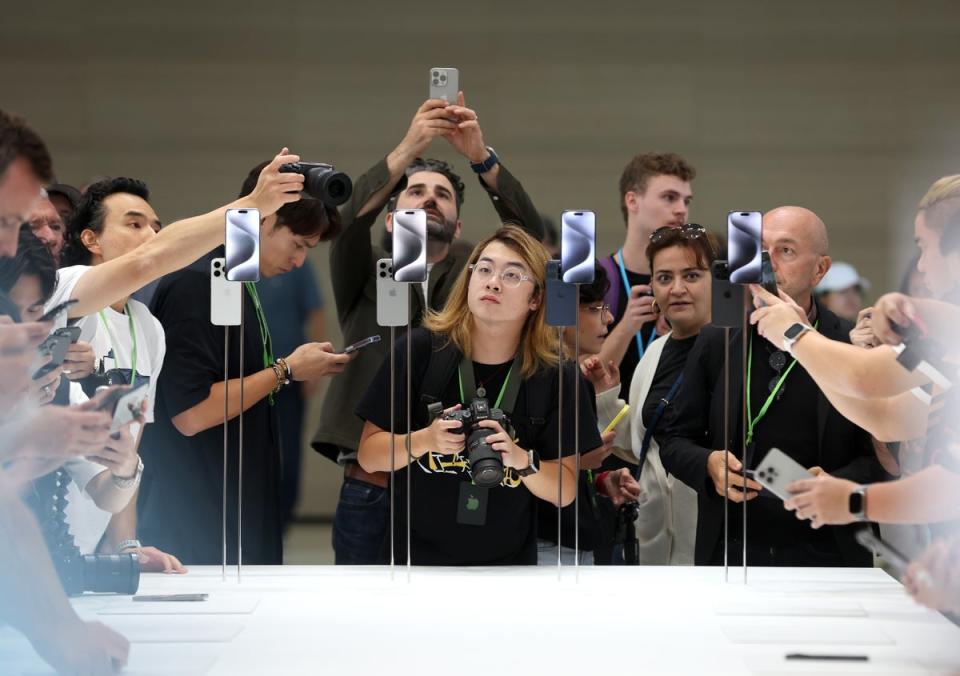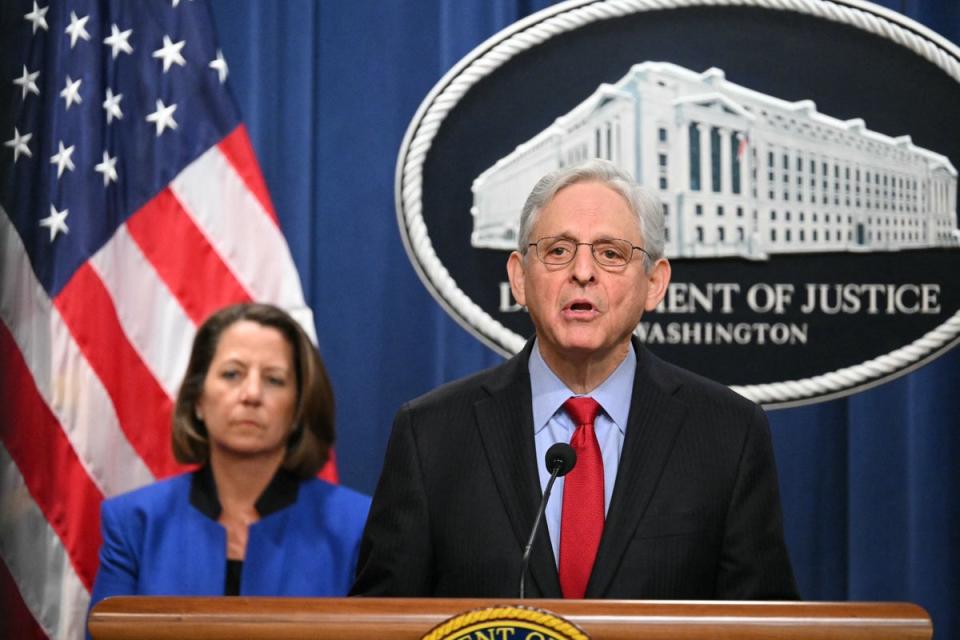According to the US government, Apple is something like a disease: spreading further and destroying any competition that gets in its way. The problem has infected many around the world – and even damaged the heart of Apple itself, making the iPhone worse.
The tech giant’s anti-competitive behavior “cuts across industries … including financial services, fitness, gaming, social media, news media, entertainment, and more”, reads a new lawsuit.
“If Apple’s anti-competitive and exclusionary behavior is not stopped, it is likely that the iPhone monopoly will expand and spread to other markets and parts of the economy.”
That was one charge among many made by the US Department of Justice last week when it officially sued Apple, alleging that the company illegally used its monopoly to maintain its own position in the market smart phone.
There was more to come, when the European Union announced a few days later that it would be investigating Apple, Meta and Google over claims that they were not properly complying with its new Digital Markets Act (DMA).
Apple is now facing regulatory scrutiny on both sides of the Atlantic. The company, which was once a scrappy upstart and still seems, often, to see itself that way, has grown to become one of the biggest businesses on the planet. Recently, governments seem to have come to see that as a danger – as something that could harm the experience of their citizens.
The proceedings in both Europe and the United States are based on a fairly simple principle: that Apple’s control of its platforms allows it to push competition and thereby harm consumers, and that its power should be limited by regulation.
The US case, for example, suggests that Apple can use its control over the iPhone and its platform to favor the Apple Watch, meaning that other, potentially better smartwatches are not able to access the same features. While that’s one of many complaints, they’re all largely versions of the same issue: features and benefits are being withheld from customers so Apple can keep its power and money.


Apple sees the various pieces of regulation as a threat – or at least, it wants people to think so. In his statement in response to the US events, he suggested that he might be forced to change.
“This lawsuit threatens who we are and the principles that set Apple products apart in highly competitive markets,” he said. “If successful, it would hinder our ability to create the kind of technology that people expect from Apple – where hardware, software and services intersect. It would also set a dangerous precedent, allowing the government to take a strong hand in people’s technological design.”
Apple is right that the consequences of the events could be dramatic. The DMA, for example, gives officials a rare degree of freedom to impose meaningful fines: companies can be forced to pay up to 10 percent of their annual turnover. The US lawsuit is less specific – it only asks for “relief” that would stop Apple from behaving illegally – but it could lead to dramatic penalties.
But it is also unusual that the company has publicly responded to these regulations. His approach to the DMA, for example, seems to have been to offer a form of compliance, try it out, and then adjust it when necessary. In recent hearings related to the EU case, Apple informed one influential developer that some of the legislation looked worrisome and that they should wait for a response.
The proceedings in both Europe and the United States are based on a fairly simple principle: that Apple’s control over its platforms allows it to push competition and thereby harm consumers.
Similarly, Apple appeared to have outwitted the Justice Department when it adjusted its rules for streaming game services — one of the main tenets of the complaint — just weeks before the action was announced.
That’s one of the problems with trying to control companies through the courts. The EU act has been tracked for years and comes with a thorough collection of regulations and penalties for not complying with the rules.
It also requires Apple to allow its users to download apps from other third-party app stores – Apple has complained about the changes for years, and may have implemented them only in the most reluctant way, but it accepted the need to do that.
The US government, probably because of political problems that make it difficult to pass new laws, chose instead to use existing laws to try to crack down on Apple. In fact, his action against Apple is based on a great old law – the Sherman Antitrust Act of 1890, which is closer to the beginning of the USA than it is today. It was intended to limit the power of the growing trusts that were taking over the tobacco, steel, oil and other large industries, and was signed at a time when the main concern was the railway, not links broadband.


However, it is still useful for legislators who want to try to restrict companies. Its basic principles – that a monopoly may be permitted, but that monopoly status is not used to control the market – have been applied to technology companies in a way that John Sherman, the senator who wrote the law, could never have intended .
It was used, for example, in 2001, when the US sued Microsoft, arguing that it had illegally monopolized the browser market with its Windows product. The government had initially tried to break up the company – but eventually relented, agreeing to new restrictive rules on Microsoft and Windows, some of which were later removed on appeal.
At the time, the case was hailed as a major development in the rules of personal computing – although Microsoft continued to dominate the market, and the mobile revolution was only partially targeted by the government.
Apple’s case might be its contemporary version: it’s not focused on personal computers in people’s homes, but on the phones in their pockets. It is being brought by a new generation of government lawyers, regarding a new generation of technology, but the principles they are trying to uphold are the same.
The conclusion could also be much the same: big statements on both sides, and a potentially seismic shift in the technology landscape, followed by a quiet compromise that doesn’t change much.